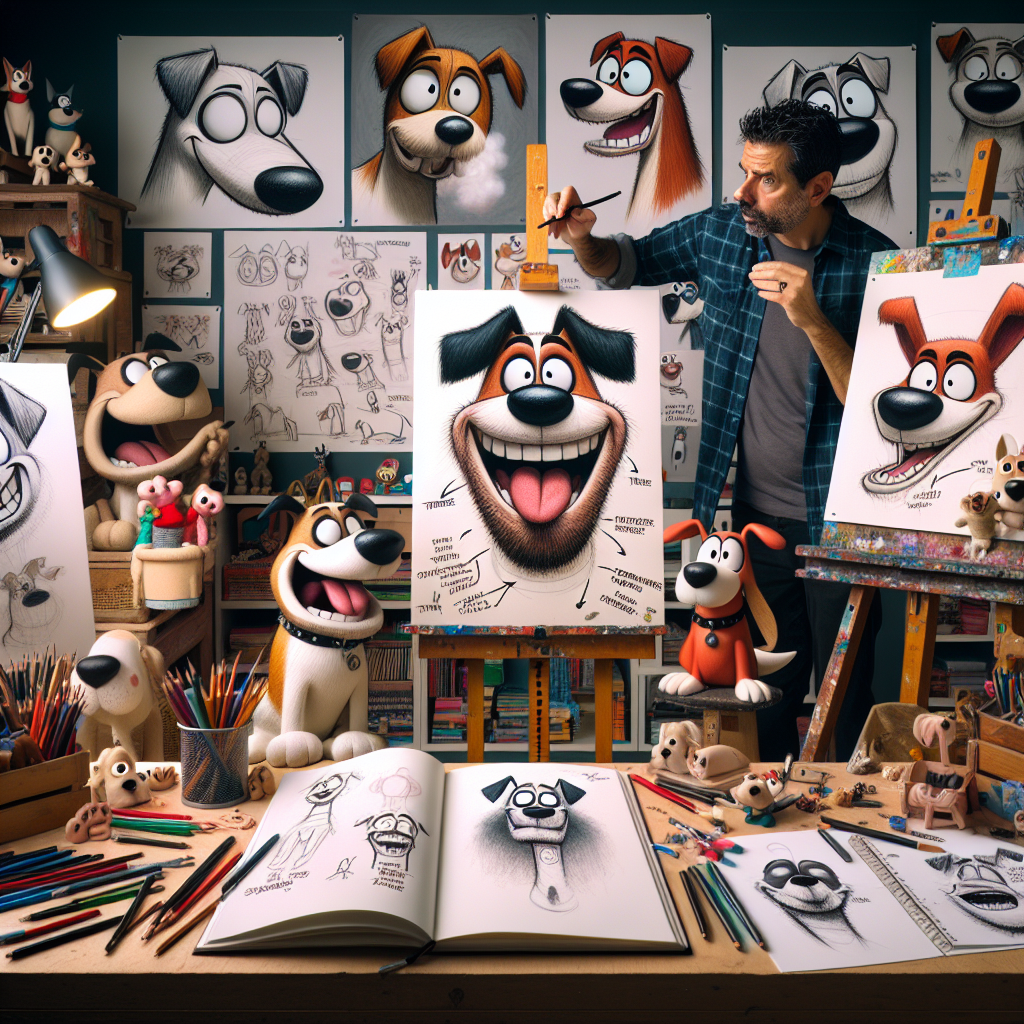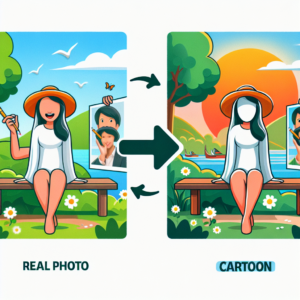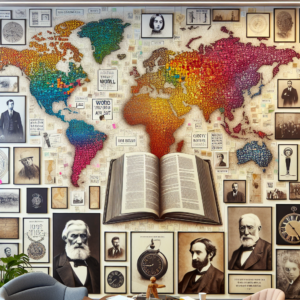Cartoon dog faces are a staple in the world of animation and art. They bring joy, humor, and irresistible charm to any artwork they are a part of. From the classic droopy ears to the wagging tail, cartoon dog faces can evoke emotions and capture imaginations like no other. If you’ve ever wanted to learn the art of creating cartoon dog faces, you’re in the right place. In this article, we’ll explore tips and techniques to help you master the art of cartoon dog faces and bring your creations to life.
Understanding the Basics
Before diving into the tips and techniques of creating cartoon dog faces, it’s essential to understand the basics. Cartoon dog faces often feature exaggerated features, such as big, expressive eyes, oversized noses, and floppy ears. These features help convey emotion and personality, making the cartoon character more relatable and endearing to the audience.
When drawing a cartoon dog face, start by sketching out the basic shapes. A circular head with a snout attached is a common starting point. From there, add details such as eyes, nose, mouth, and ears to give your cartoon dog face its unique characteristics.
Tips for Creating Cartoon Dog Faces
1. Focus on Expressive Eyes
The eyes are the windows to the soul, even in cartoon dog faces. To make your cartoon dog face more expressive and engaging, pay special attention to the eyes. Experiment with different shapes, sizes, and positions to convey different emotions, such as joy, sadness, or curiosity. Big, bright eyes can add a sense of innocence and playfulness, while small, squinty eyes can give your cartoon dog face a mischievous or skeptical expression.
2. Play with Proportions
Cartoon dog faces thrive on exaggerated proportions. Don’t be afraid to play with the size and placement of features like the nose, ears, and mouth. For example, a larger-than-life nose can add humor and character to your cartoon dog face, while oversized ears can convey a sense of whimsy and charm. Experiment with different proportions to find the perfect balance for your cartoon dog face.
3. Add Personality with Details
Details can make all the difference when it comes to creating a memorable cartoon dog face. Consider adding accessories like glasses, hats, or scarves to give your cartoon dog character a unique personality. Small details like freckles, wrinkles, or spots can add depth and realism to your cartoon dog face, making it more relatable and engaging to viewers.
4. Experiment with Different Styles
There are countless styles and techniques when it comes to creating cartoon dog faces. Whether you prefer a simple, minimalist approach or a detailed, realistic style, don’t be afraid to experiment and find what works best for you. Try different art mediums, such as pencil, ink, or digital drawing, to explore different styles and techniques for creating cartoon dog faces.
5. Practice, Practice, Practice
Like any art form, mastering the art of creating cartoon dog faces takes time and practice. Don’t be discouraged if your first attempts don’t turn out the way you envisioned. Keep practicing, experimenting, and refining your techniques to improve your skills and develop your unique artistic voice. With dedication and perseverance, you’ll be creating captivating cartoon dog faces in no time.
Techniques for Creating Cartoon Dog Faces
1. Start with Basic Shapes
When creating a cartoon dog face, start by sketching out basic shapes to establish the structure and proportions. A circle for the head and an oval for the snout are common starting points. Use these shapes as a foundation to build upon and add details like eyes, nose, mouth, and ears.
2. Define Features with Clean Lines
Clear, bold lines are essential for defining the features of a cartoon dog face. Use firm, confident strokes to outline the eyes, nose, mouth, and ears. Pay attention to the curves and angles of each feature to give your cartoon dog face a cohesive and polished look.
3. Experiment with Different Expressions
Cartoon dog faces can convey a wide range of emotions through expressions. Experiment with different eye shapes, eyebrow positions, and mouth movements to create unique expressions that reflect the personality of your cartoon dog character. Practice drawing a variety of emotions, from excitement and happiness to sadness and anger, to enhance the depth and emotion of your cartoon dog faces.
4. Use Color to Enhance Character
Color plays a crucial role in bringing cartoon dog faces to life. Experiment with different color palettes to enhance the mood and personality of your cartoon dog character. Bright, vibrant colors can add energy and playfulness, while muted tones can create a sense of calm and sophistication. Consider the character traits and emotions you want to convey when choosing colors for your cartoon dog faces.
5. Add Texture and Detail
Adding texture and detail can add depth and realism to your cartoon dog faces. Consider incorporating fur textures, whiskers, or shading to give your cartoon dog character a more three-dimensional look. Experiment with different techniques, such as cross-hatching, stippling, or blending, to add texture and detail to your cartoon dog faces.
FAQ
Can I create cartoon dog faces without prior drawing experience?
Yes! Creating cartoon dog faces is a fun and creative activity that anyone can enjoy, regardless of their drawing experience. Start with simple shapes and practice regularly to improve your skills and develop your unique style.
What tools do I need to create cartoon dog faces?
You can create cartoon dog faces with basic drawing supplies, such as pencils, erasers, and paper. If you prefer digital drawing, a stylus and drawing tablet can be useful tools to create cartoon dog faces digitally.
How can I make my cartoon dog faces more expressive?
To make your cartoon dog faces more expressive, focus on the eyes, mouth, and eyebrows. Experiment with different shapes, positions, and expressions to convey a wide range of emotions and personality traits in your cartoon dog characters.
How can I improve my cartoon dog face drawing skills?
Improving your cartoon dog face drawing skills takes practice and patience. Dedicate time to sketching, experimenting with different styles and techniques, and seeking inspiration from other artists to enhance your skills and develop your artistic voice.
Creating cartoon dog faces is a rewarding and enjoyable art form that allows you to unleash your creativity and imagination. With the tips and techniques outlined in this article, you’ll be well on your way to mastering the art of cartoon dog faces and creating captivating characters that will delight audiences of all ages.








+ There are no comments
Add yours